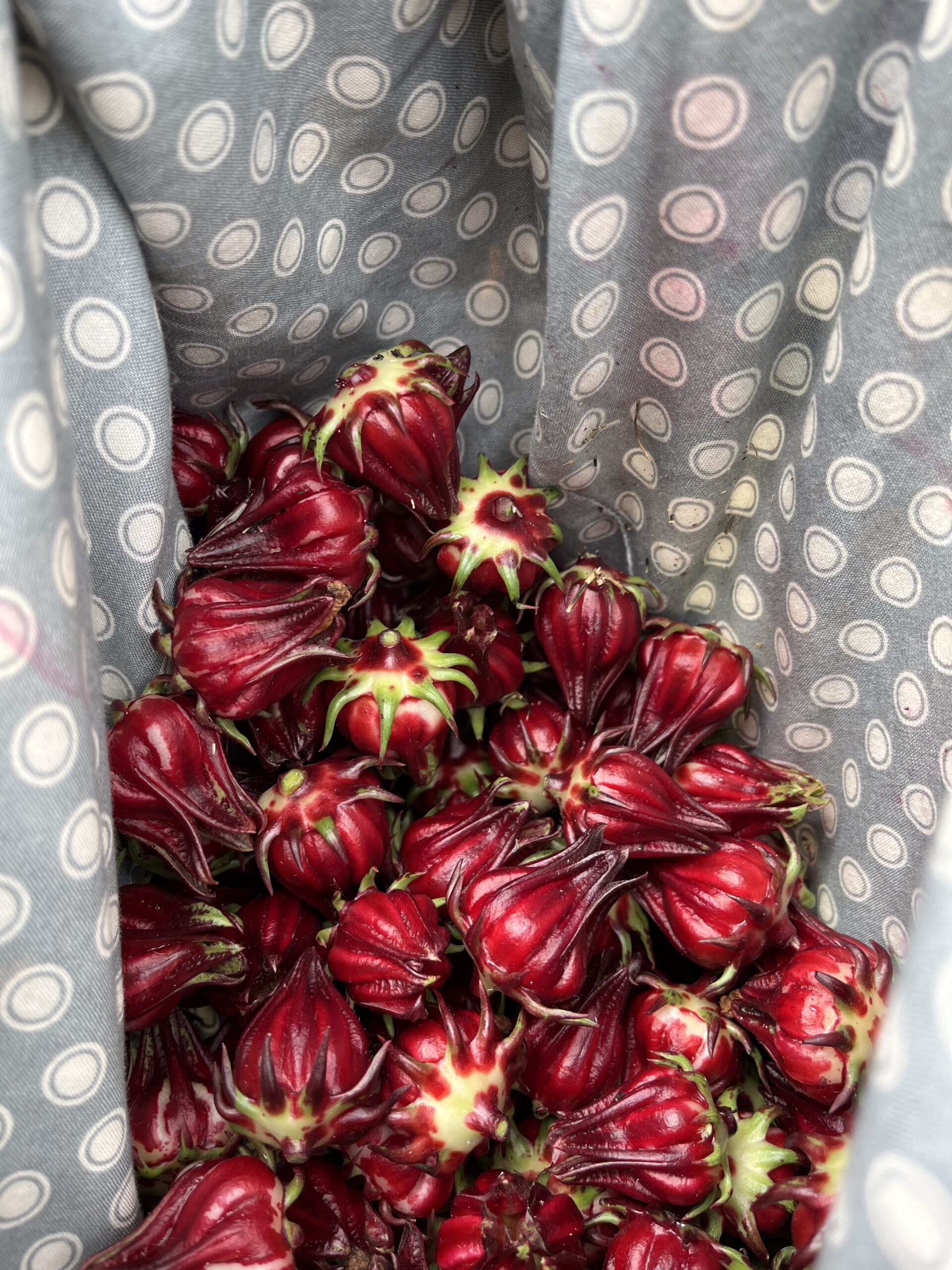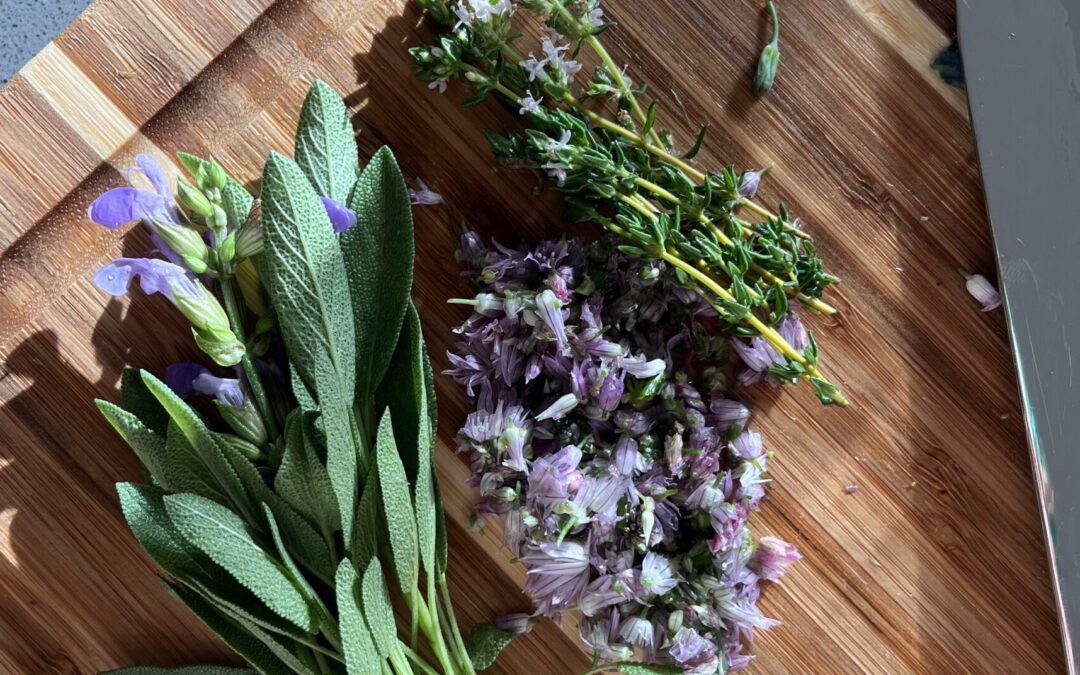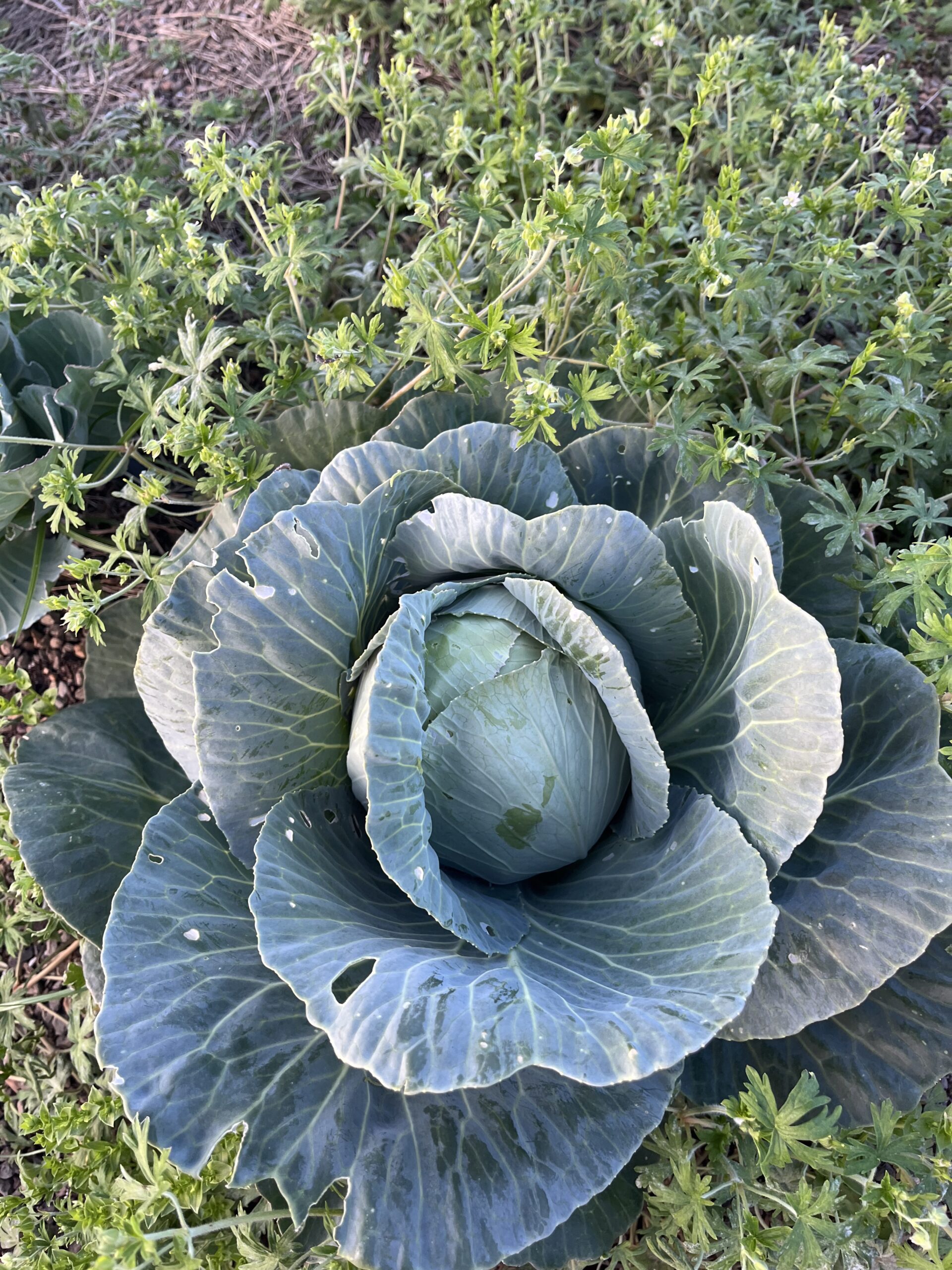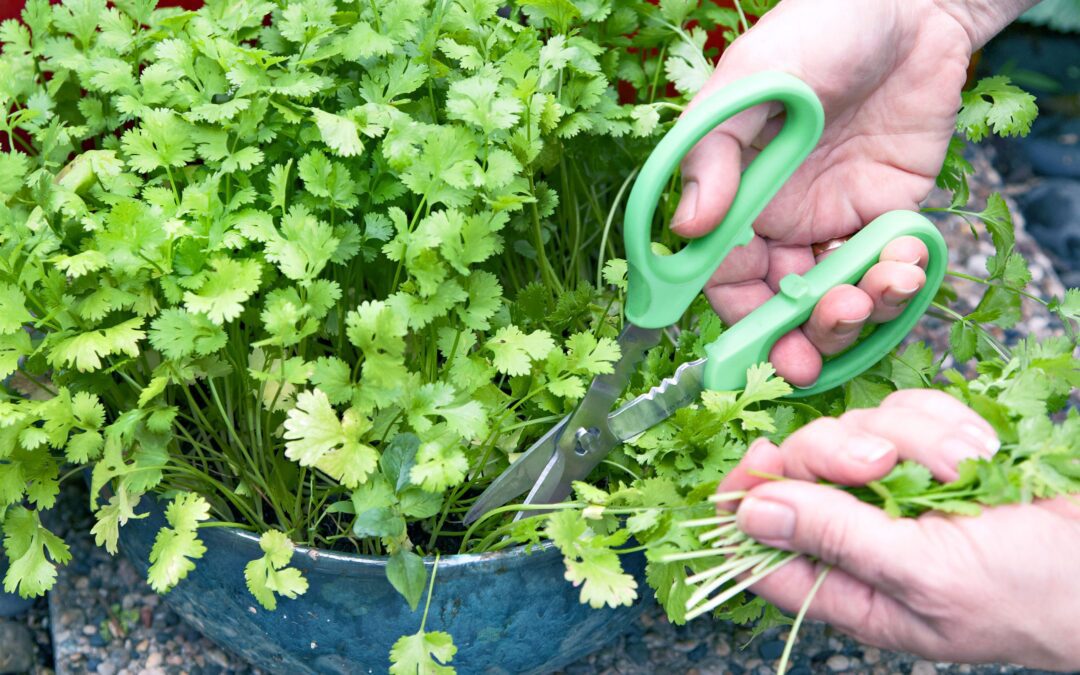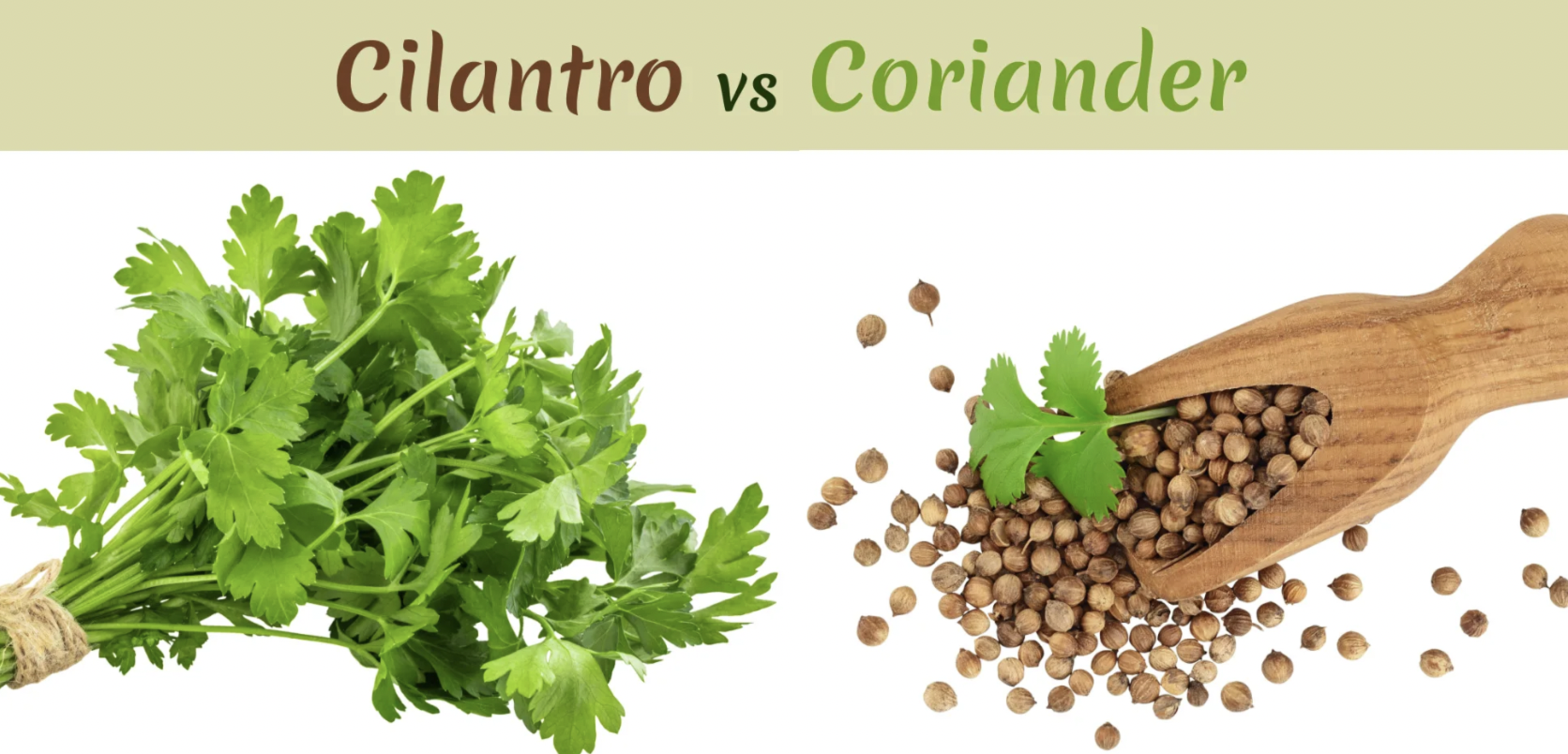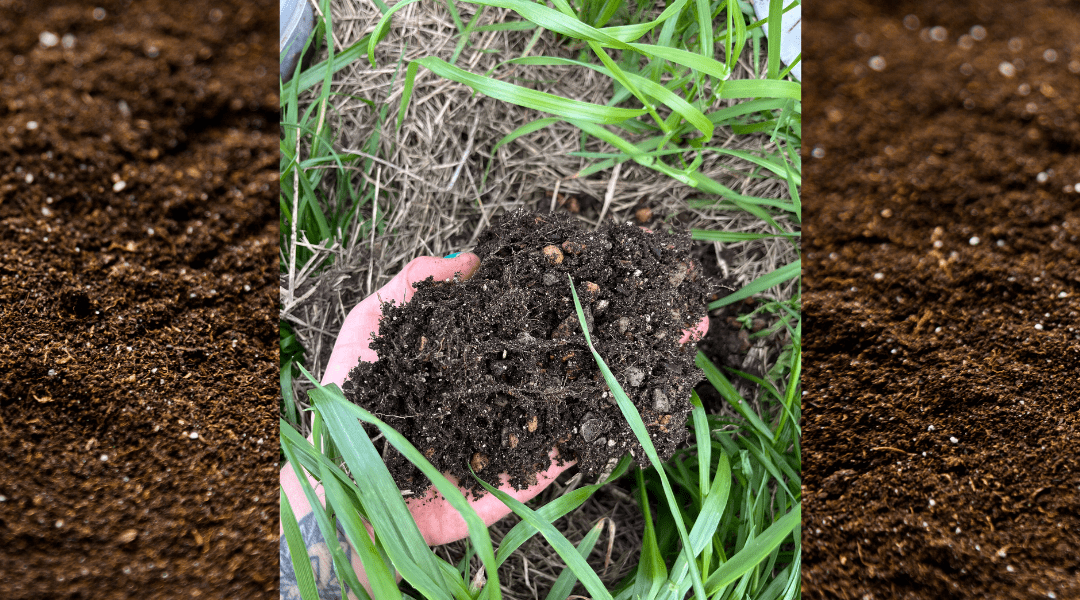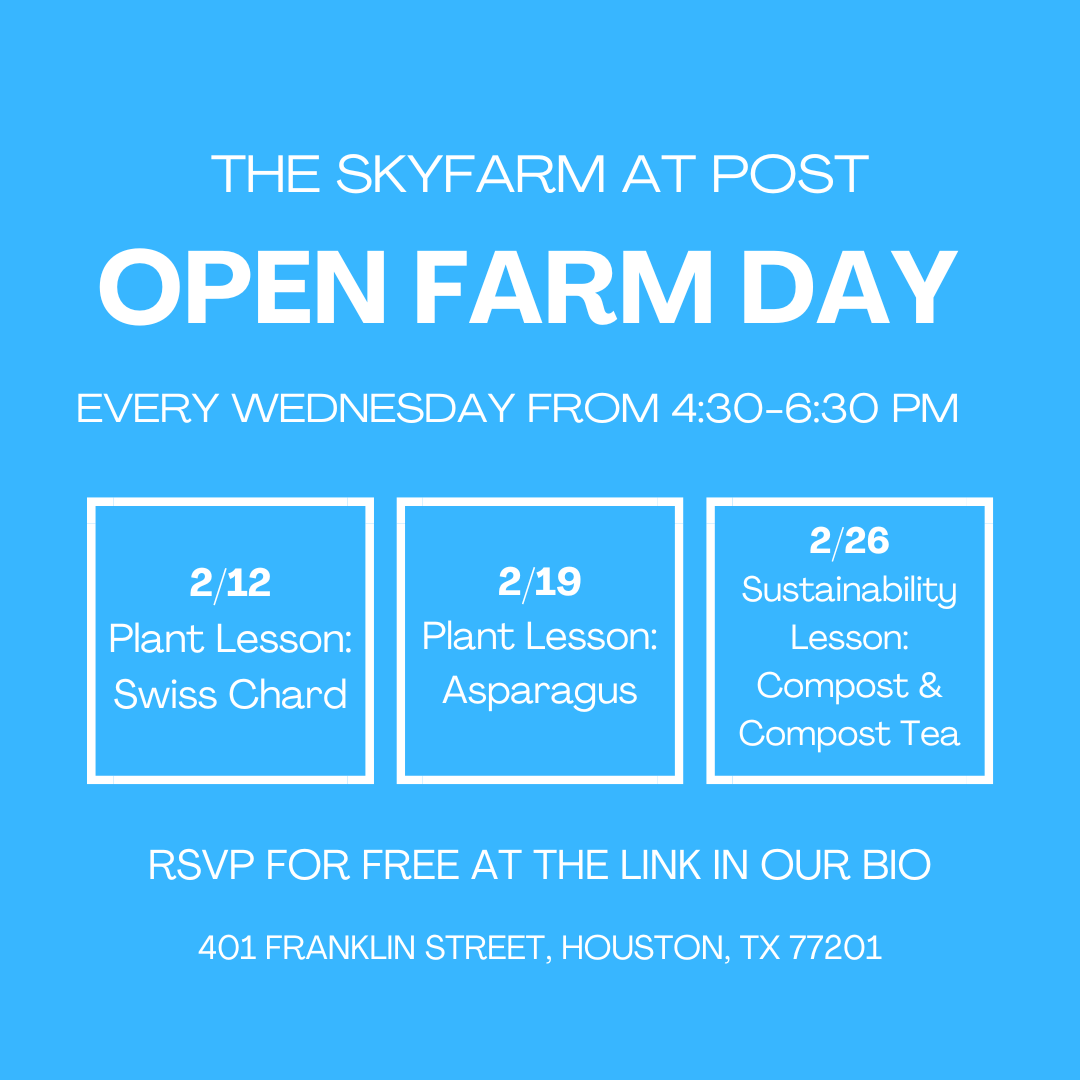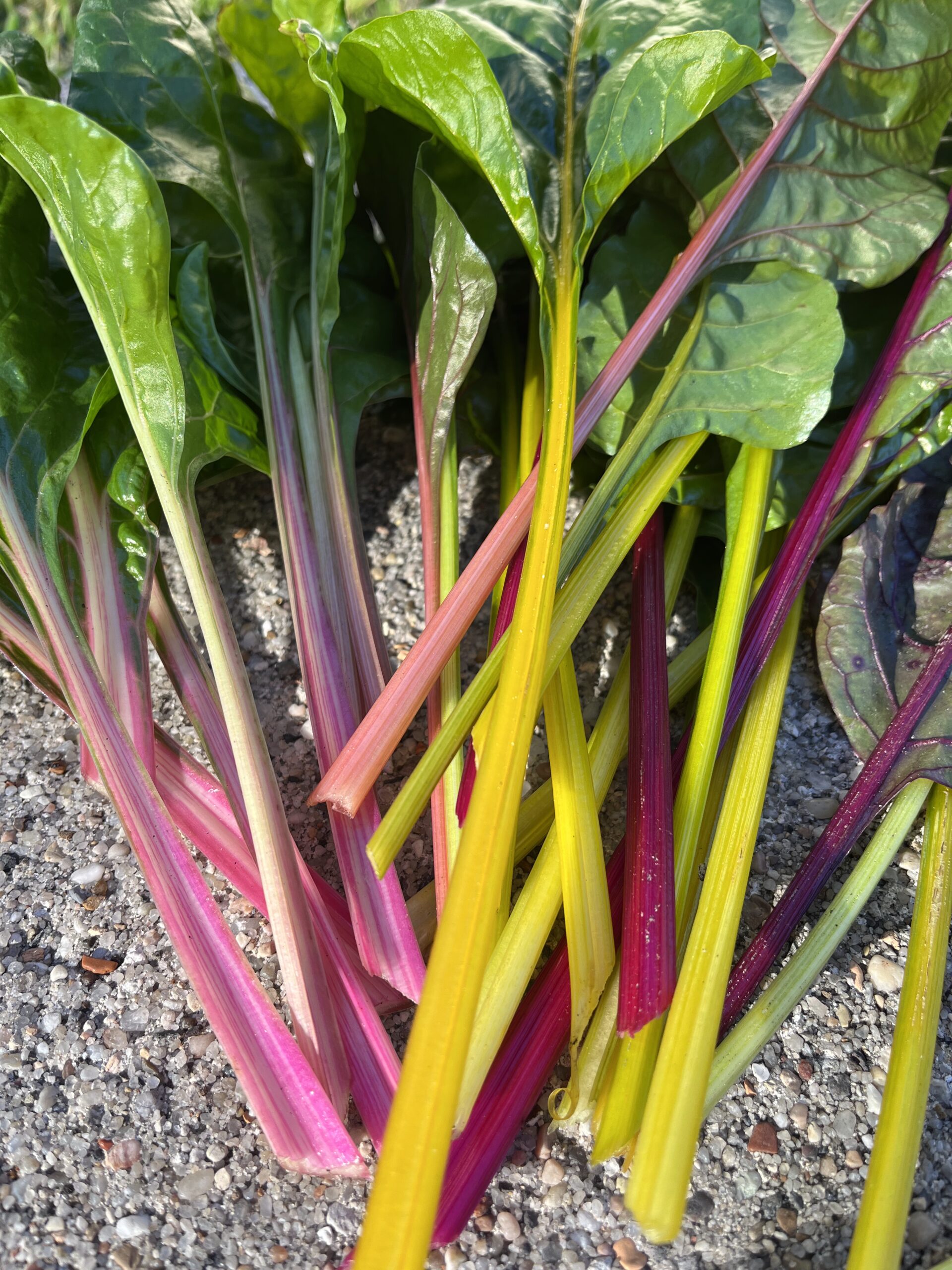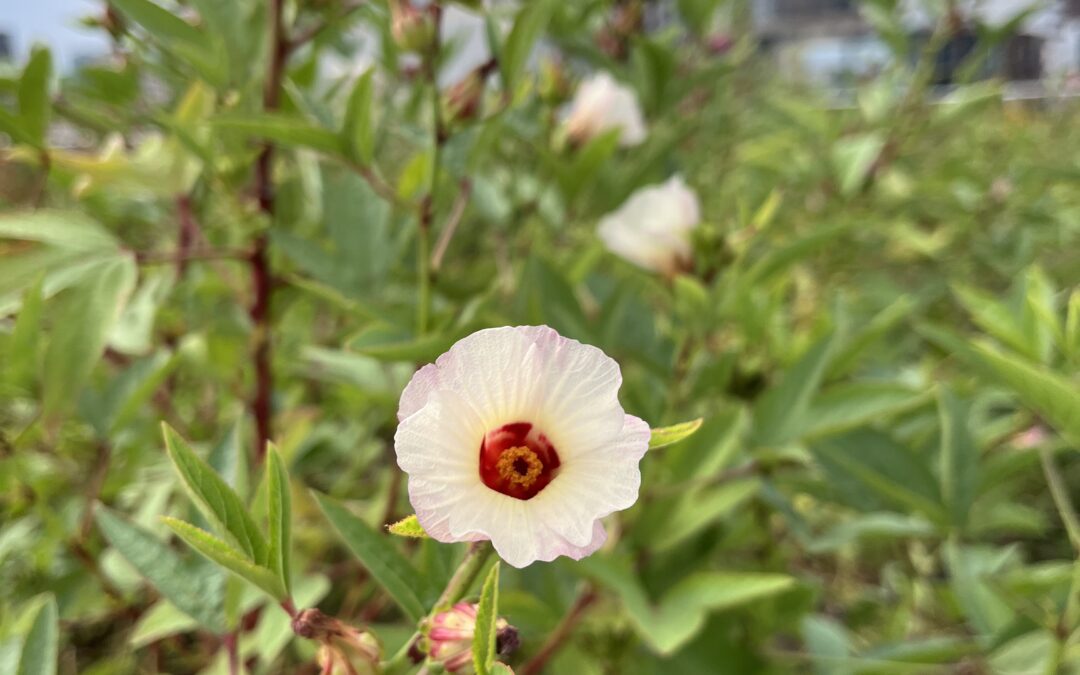
Seasonal Plant Lesson: Roselle (Hibiscus)
Seasonal Plant Lesson: ROSELLE HIBISCUS
Created for 3/13/24 Open Farm Day, edited 5/7/25, led by August
Lesson Plan
Objective: Discuss the benefits of roselle and the different ways in which it can be utilized, depending on harvest time. Highlight the various ways to consume roselle and optimize their benefits in a garden space.
Duration: 1 hour
Introduction (15 minutes)
● Origins of roselle: The several hundred species (200-300) of modern hibiscuses can trace their lineage back to eight species native to six different places: Hawaii, Mauritius, Madagascar, Fiji, China and/or India. Plants spread to islands by one of three means as they are uniquely geographically isolated. First, seeds or spores of plants can be carried by jet streams across vast stretches of ocean. Secondly, plant material such as seeds or other forms of vegetative reproduction, such as pieces or clippings of plants, are delivered by ocean currents. And lastly, birds can transport seeds with them while they travel and disperse them through pooping! This passage through a bird can give some seeds the nitrogen boost they need to get their head start in life. All hibiscus are edible but Roselle is especially cultivated by humans for consumption. In Northern Africa and Southeast Asia, Roselle is prepared as a tea and served hot or cold. In Central and South America, Roselle is similarly prepared though generally as Agua de Jamaica, chilled and mixed with cane sugar.
● Benefits of roselle: Roselle is high in antioxidants and can help lower blood pressure and improve blood-fat levels. This reduction of LDL and increase of HDL cholesterol further helps break down fat in organs such as the liver. ‘Hibiscus is high in polyphenols, which are compounds that have been shown to possess powerful anticancer properties. Test-tube studies have found impressive results regarding the potential effects of hibiscus extract on cancer cells.
● How can I grow roselle?: Roselle, or Hibiscus Sabdariffa, is a shrub belonging to the Hibiscus genus and more broadly, the Malvaceae family, a relation they share with okra and cotton. Roselle plants are identifiable, as many hibiscus are, by their willowy branches and abundant blooming tendencies. Roselle grows easily from seed and if allowed to go to seed, can be harvested off of for the next year. Roselle enjoys moist soil and plenty of sun but when the summer comes they will stall the majority of their growth until the hottest part of summer has passed. We plant all our roselle from seed grown and saved at the Skyfarm. Key tip: soak your Roselle seeds in molasses or honey to give them a head start in getting established before the heat of the summer rolls around!
Roselle in the Garden (15 minutes)
● Companion plants for roselle: The roselle bush can grow to be 5 feet and larger pretty easily making it a great partner for a plant that needs help with shade. Beans, cucumbers, and tomatoes all occupy different space levels and can be planted near roselle to optimize their shade and pollinators.
● Roselle in the garden: Roselle attracts wasps, primarily, at the Skyfarm. For us, they are a wonderful companion plant for summer crops that can be susceptible to mite and mealy bugs. The pollinators that come to visit provide pollination services to the other crops with less fragrant flowers and then stay to prey on the seasonal pests. Roselle can be used to balance an ecosystem without the use of pesticides or buying in pollinator services.
Plant roselle together, try some leaves if desired.
Utilizing Roselle (10 minutes)
● Things to make:
○ Roselle can be used fresh in salads and dried in teas
Q&A and Interactive Discussion (20 minutes)
Encourage participants to share their experiences with companion planting in their gardens or growing spaces and discuss how to incorporate roselle and hibiscus into their gardening spaces
and practice responsible seed saving practices.
Materials Needed: roselle seed, hoe
Outcome: Participants will leave with an in-depth understanding of symbiotic plant relationships and how to identify the needs of each plant partnership as it relates to roselle. Furthermore, participants will be able to identify sustainable gardening practices and how to adapt them to their spaces (in regards to plant selection for season).
